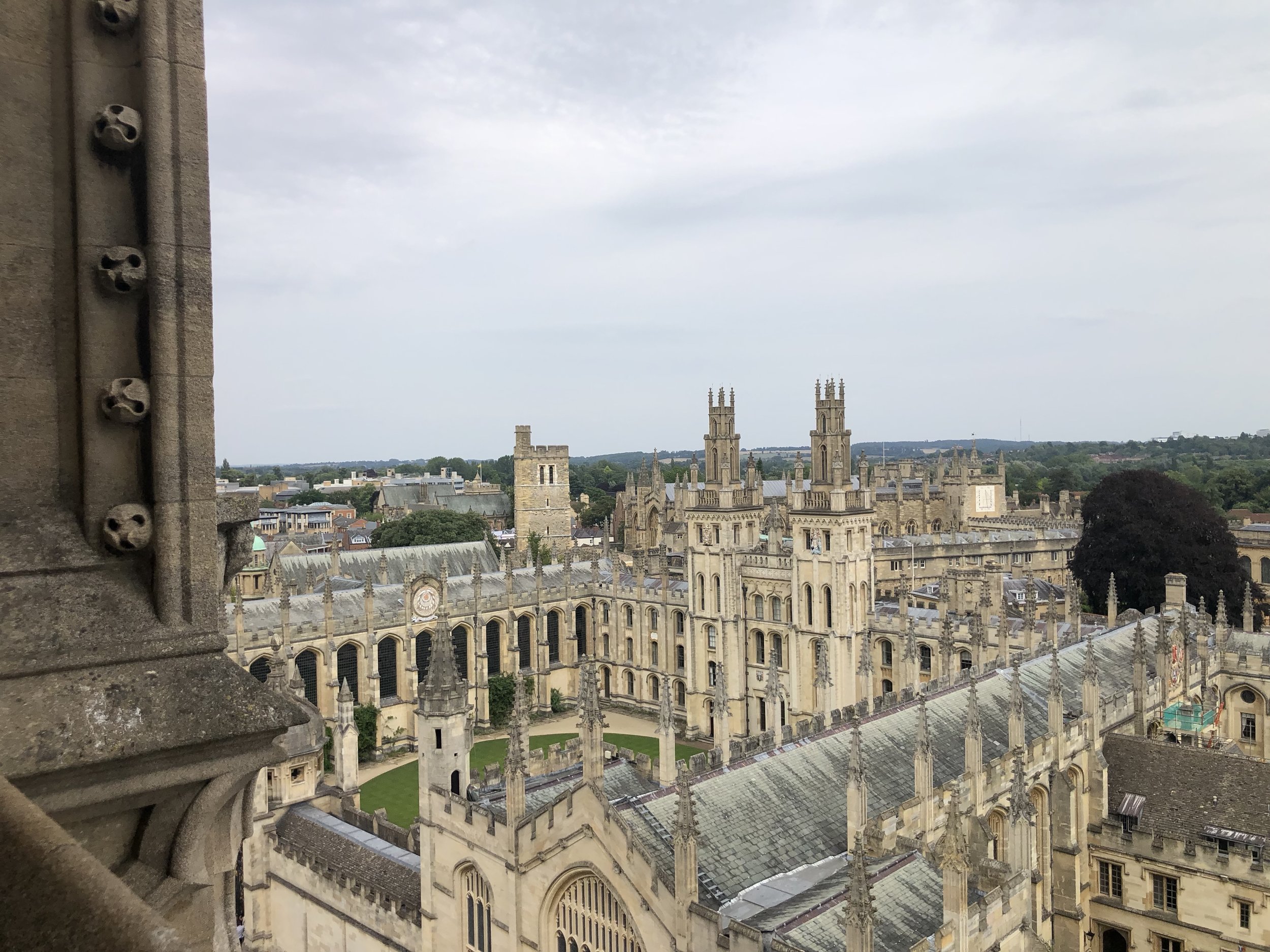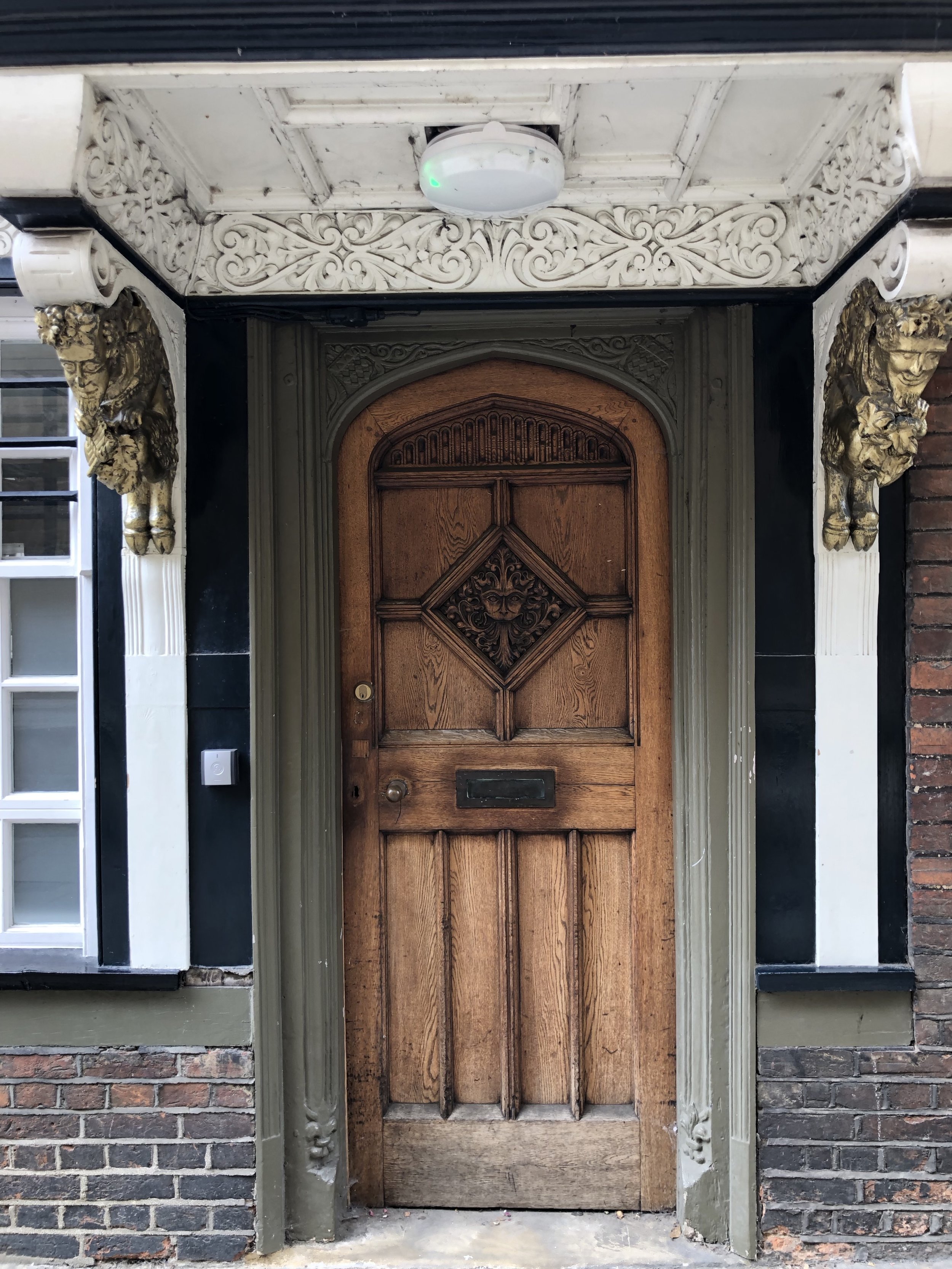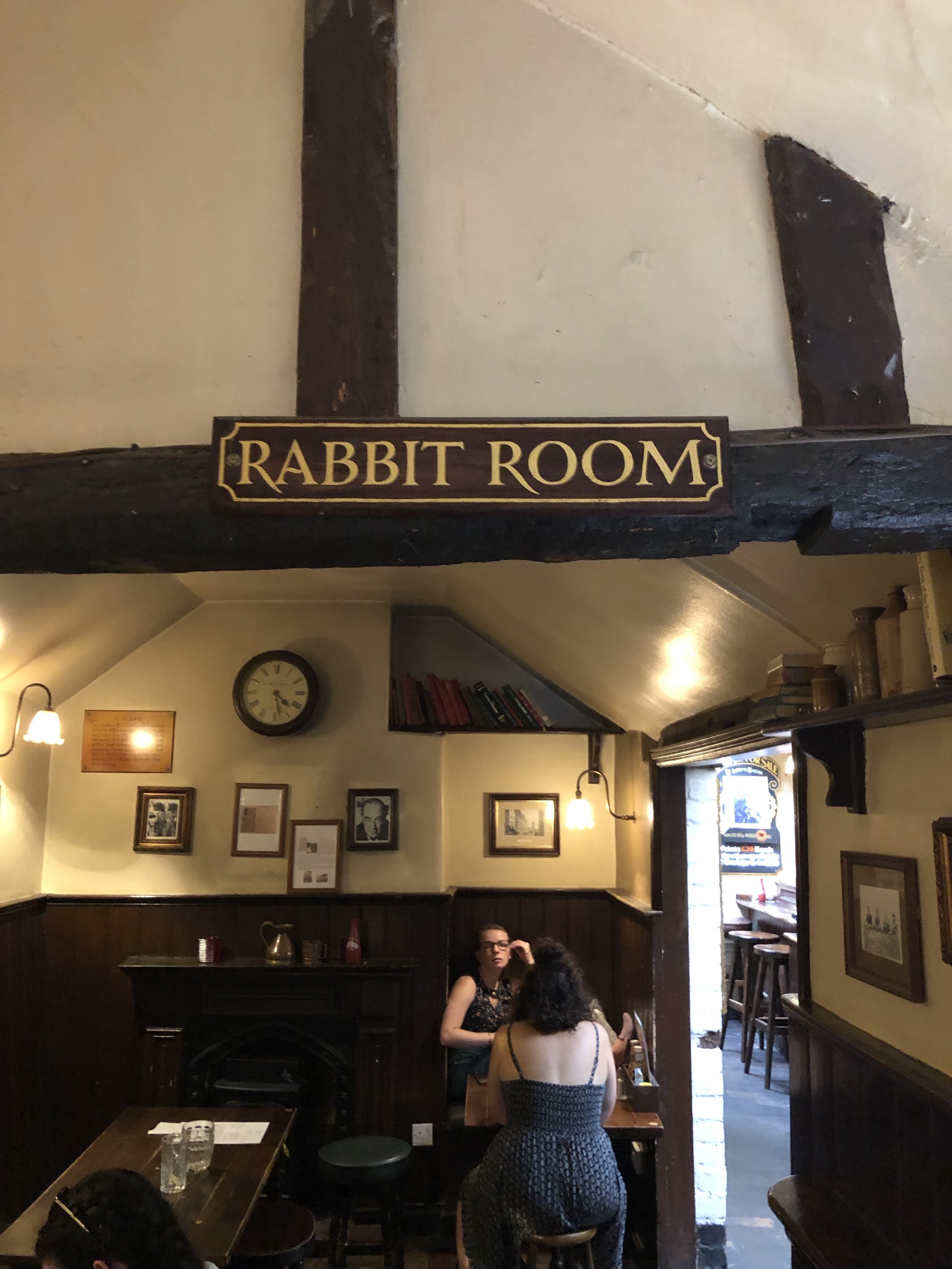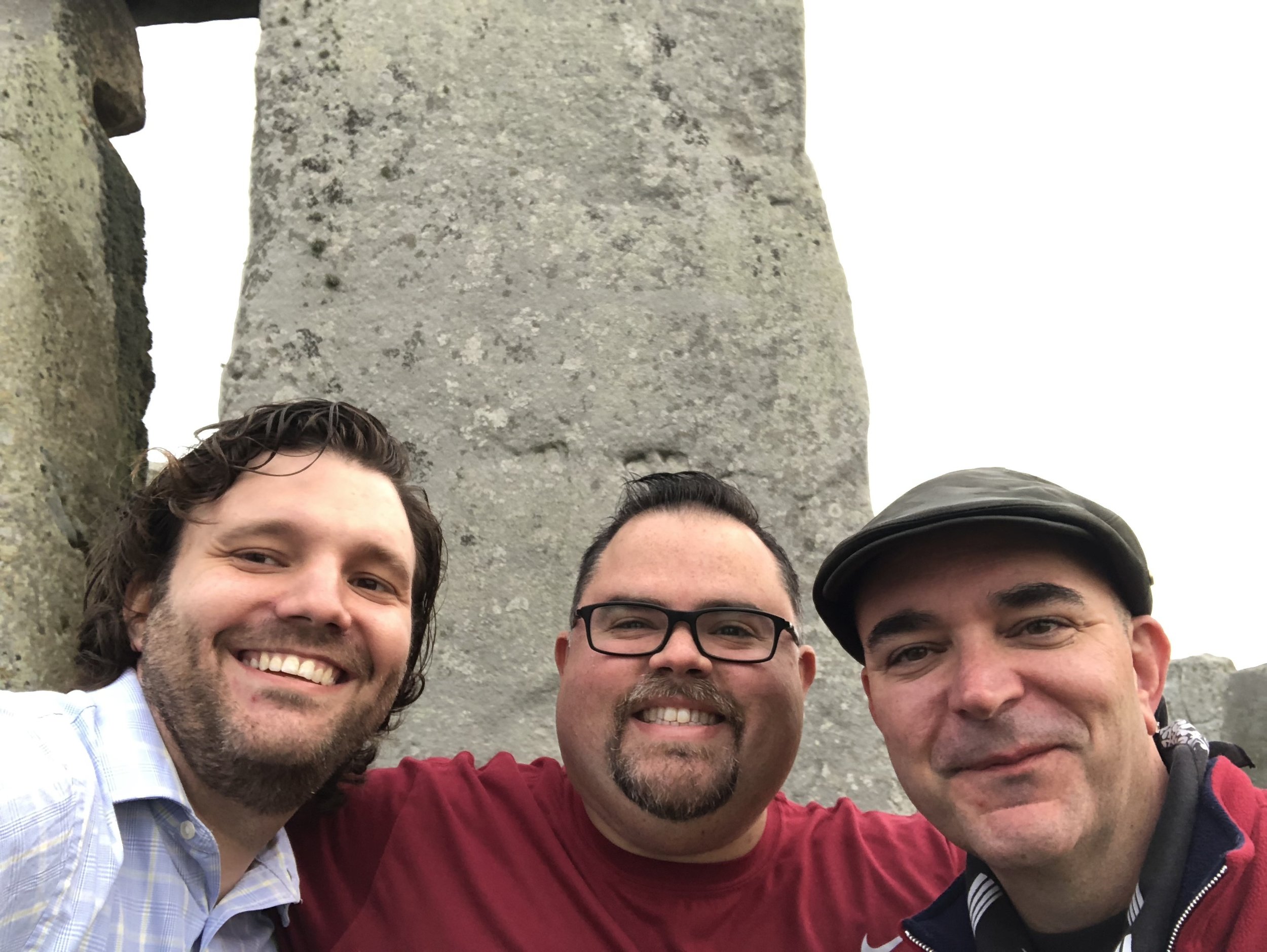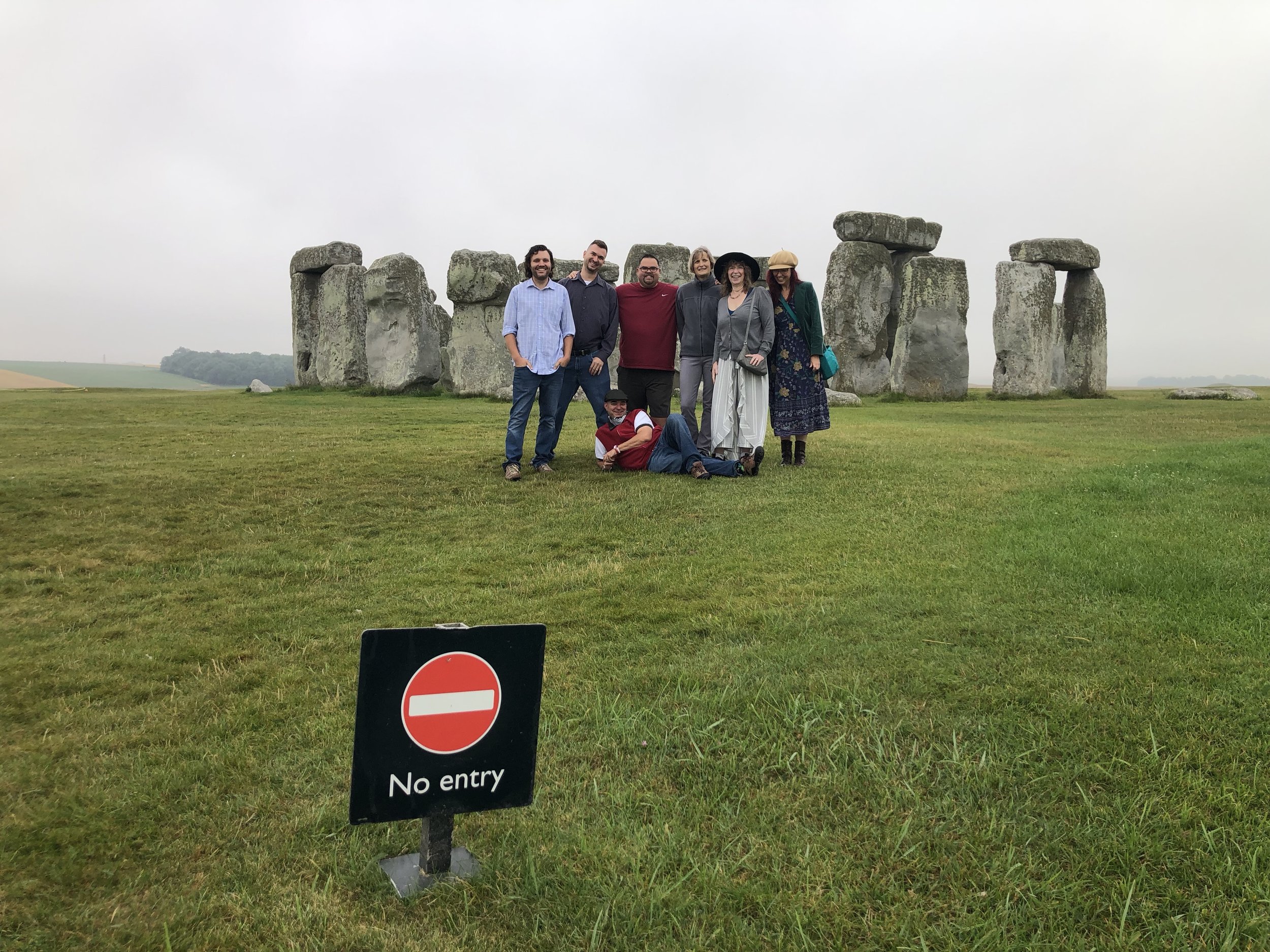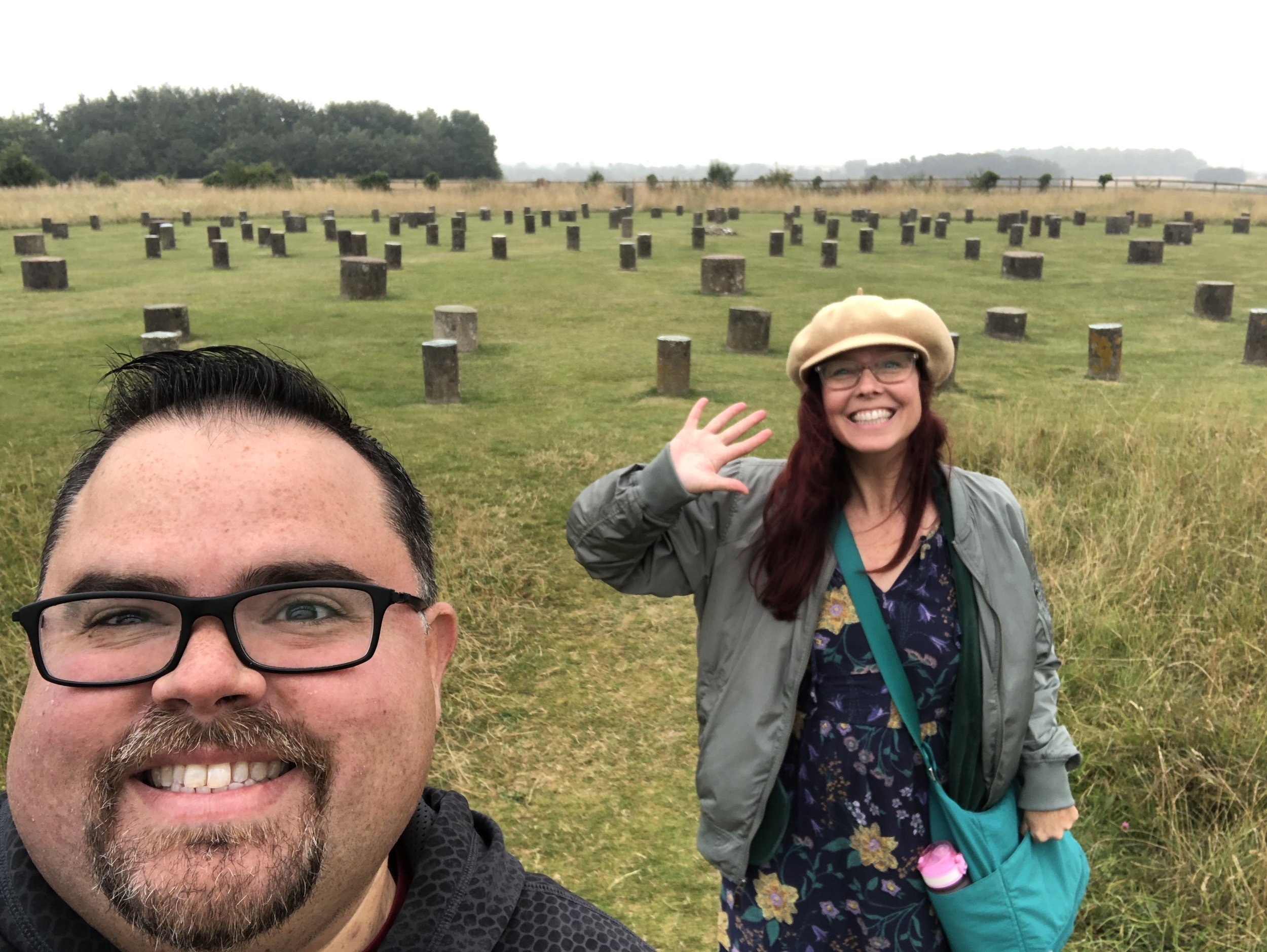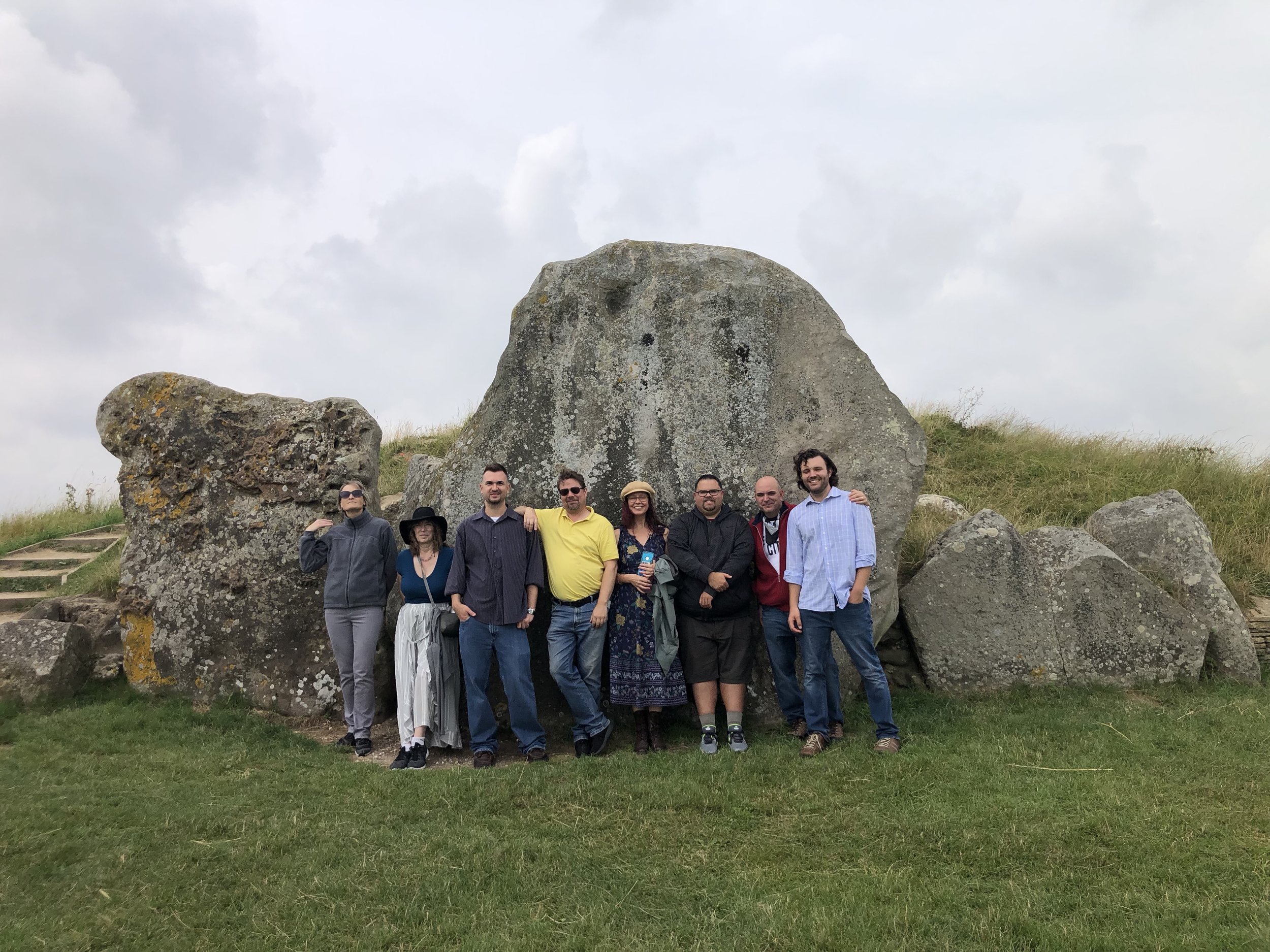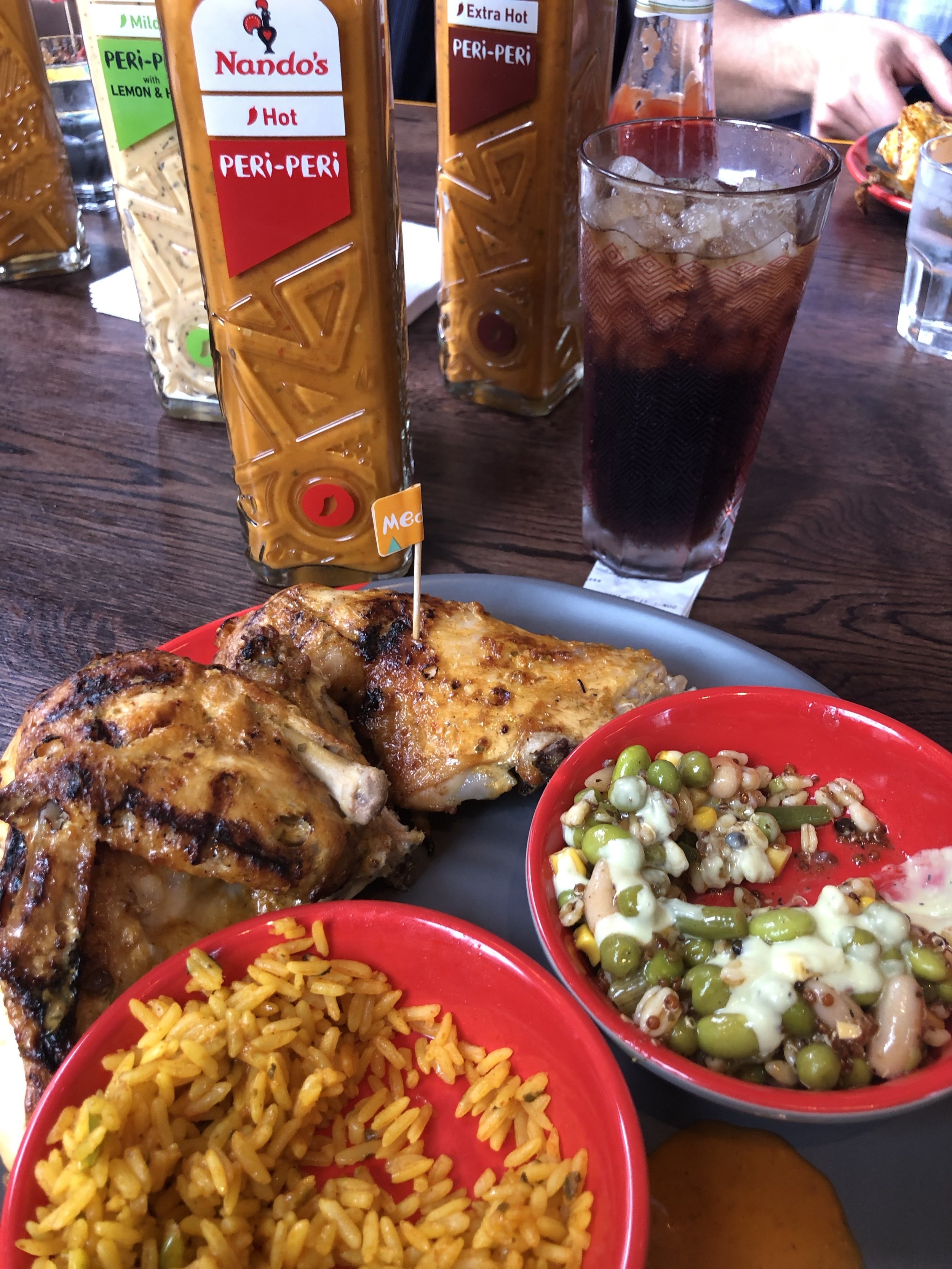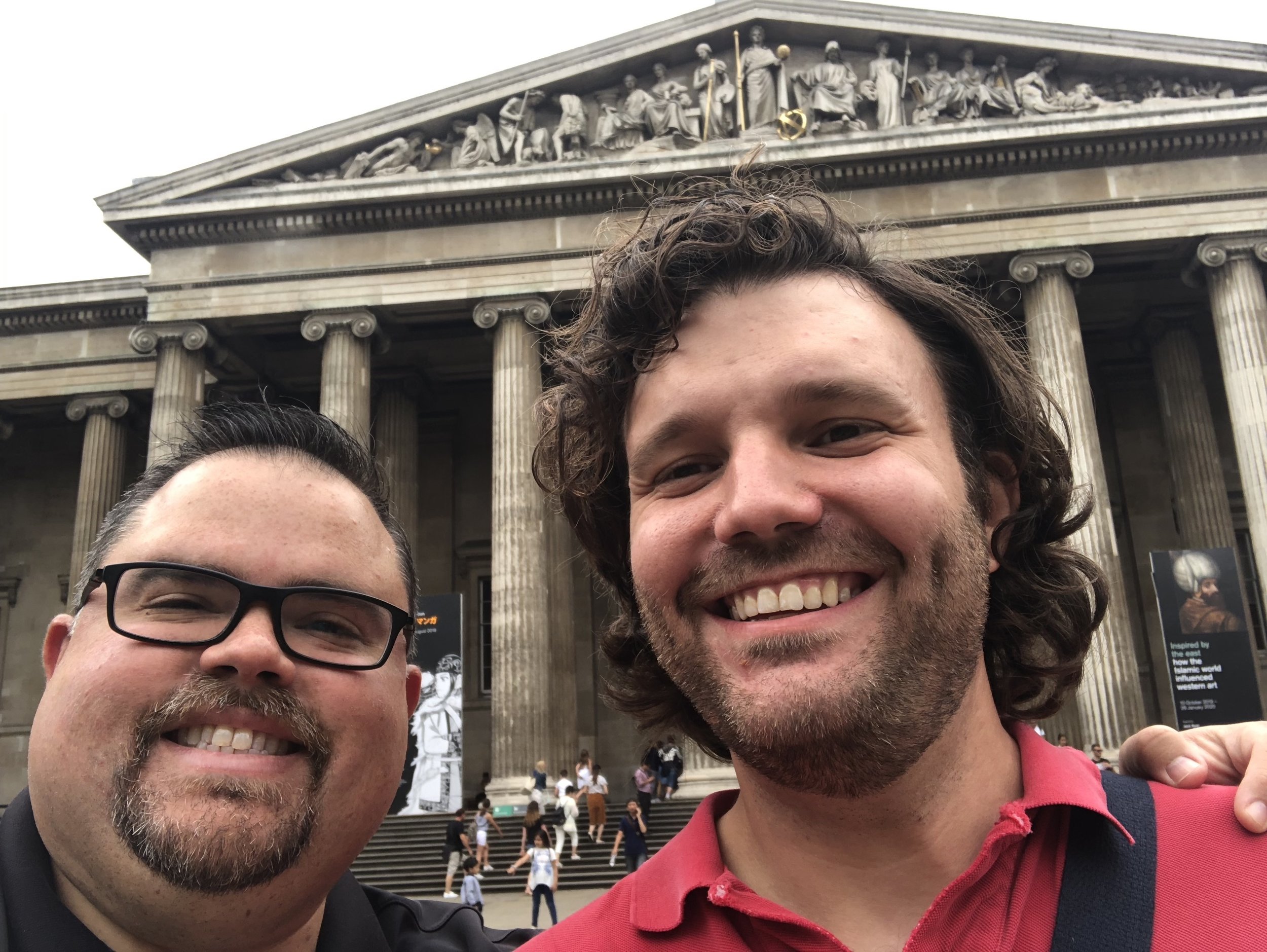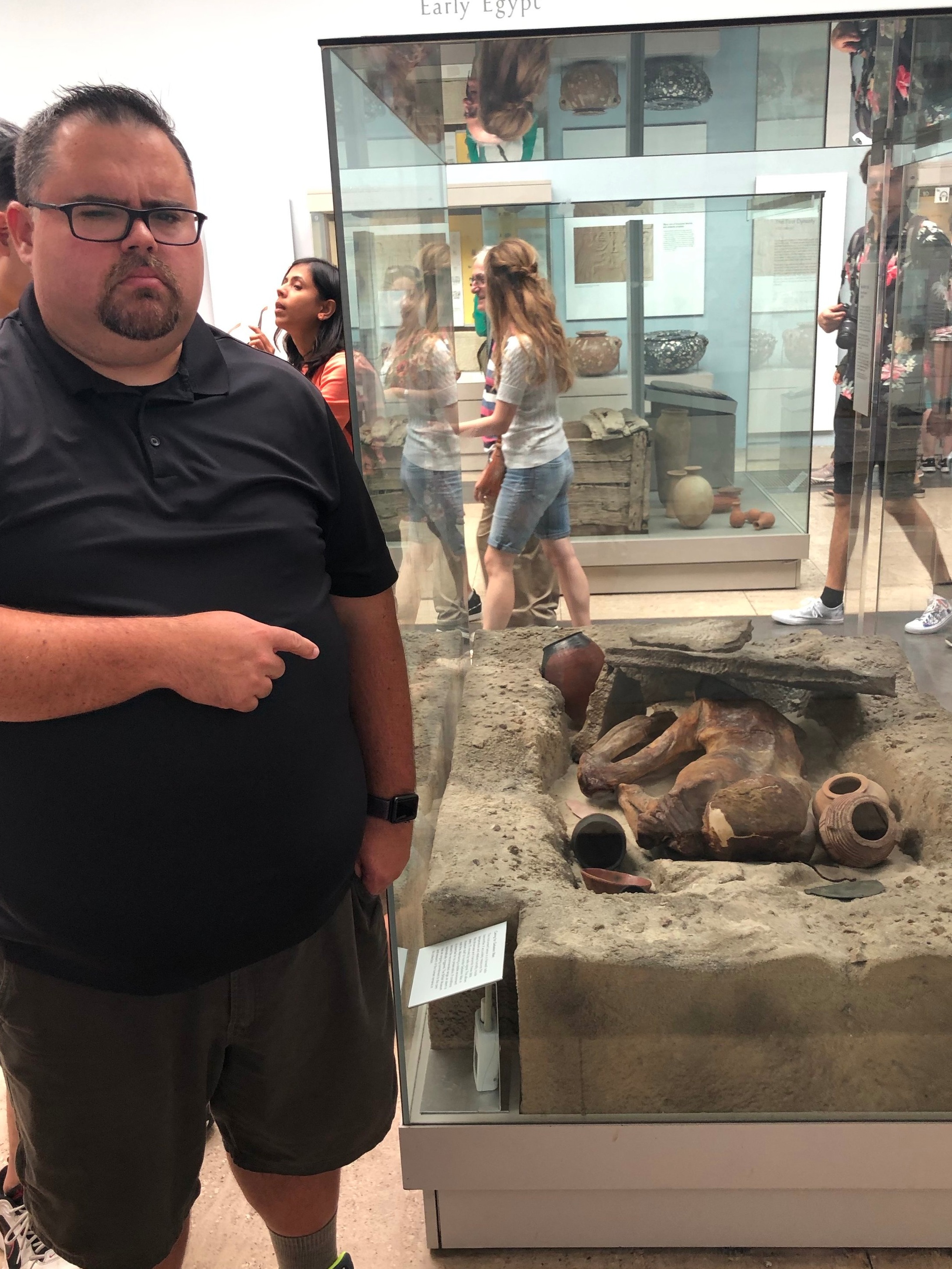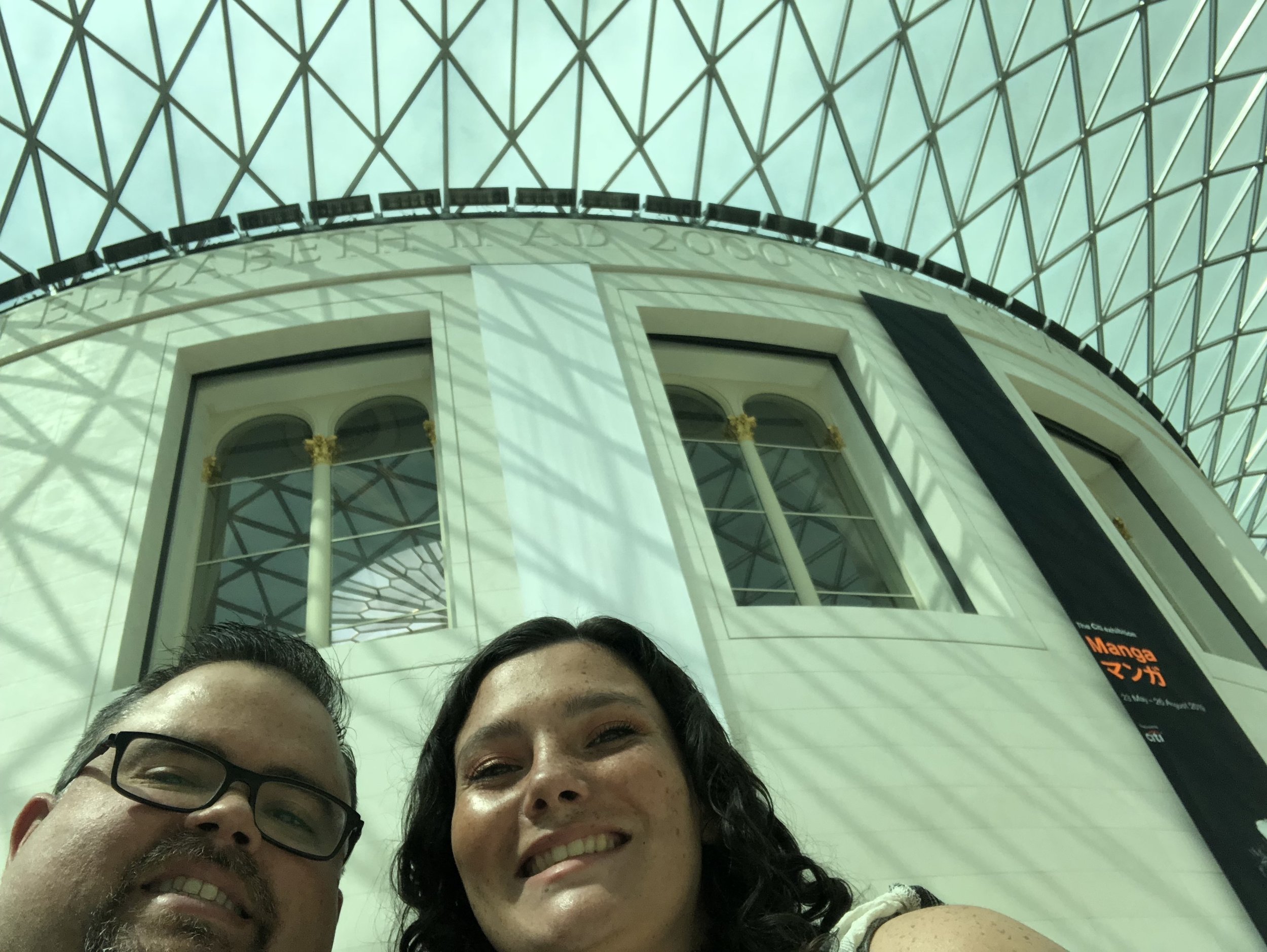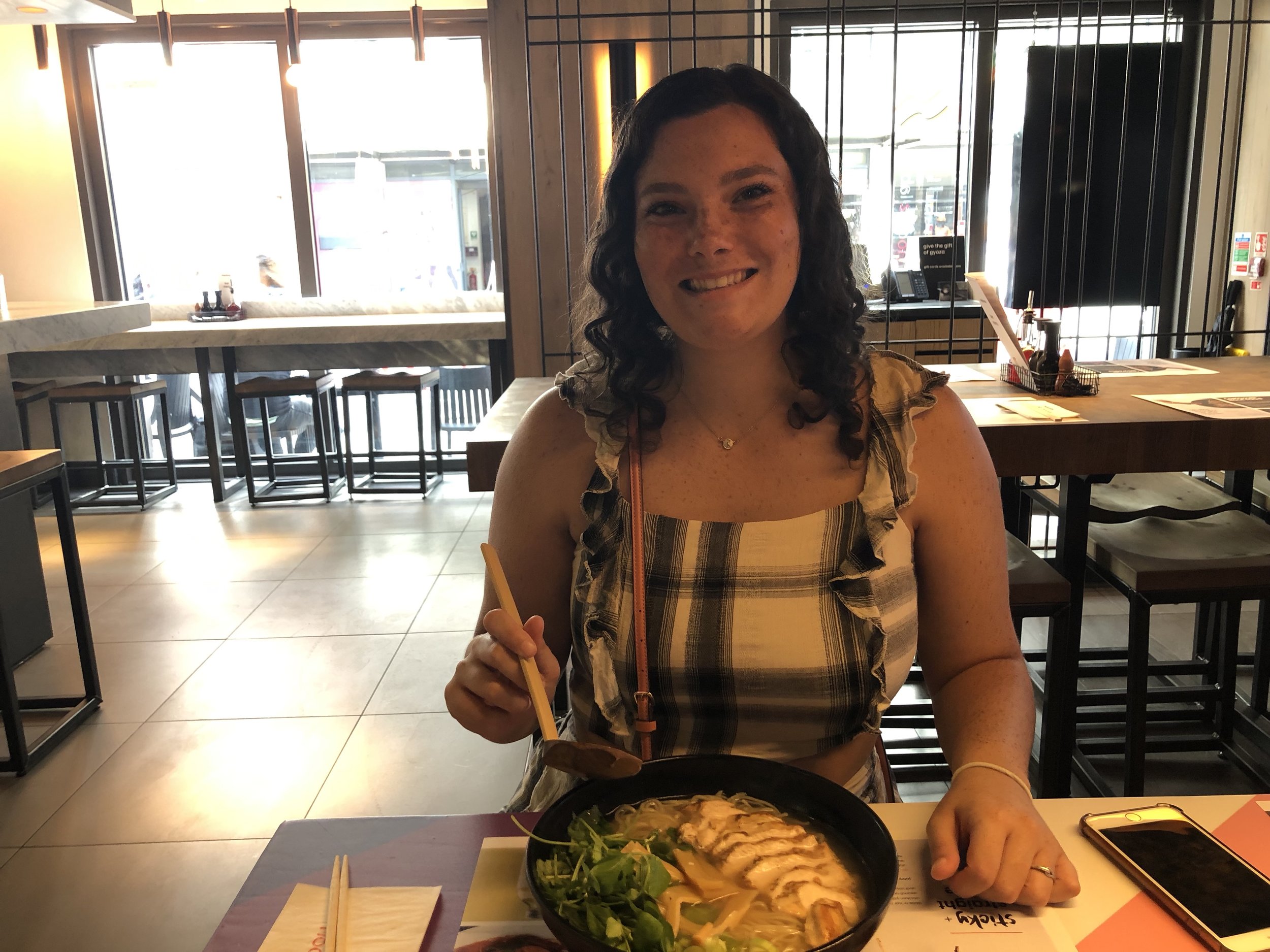This year, as with last, I got a chance to travel as part of the National Endowment for the Humanities Summer Institute through Valencia College. This year, unlike the past, I was able to design the course of study and the travel in conjunction with my colleague, Peter Furlong. This year, as with last, I will attempt to share some of my experiences via this blog. This year, unlike the past, I hope to complete the story.
This year I have elected to share 5 photos from each day that I think help demonstrate what we did. Five is an arbitrary number. I choose it, because I believe it manageable. I also believe that sometimes limits enhance creativity. We shall see.
Very briefly, for those uniformed and those interested, the NEH trip is a research opportunity for Valencia College faculty that combines an intense course of study concluding with an international travel experience. It is designed for humanities faculty, and requires faculty to produce research to aid in teaching and learning. The research products are designed to enhance that faculty’s own pedagogy and to be shared with colleagues who integrate the material in their own classrooms. The travel and the course of study are designed with leaders form the Valencia humanities faculty and a scholar outside the Valencia ecosystem with expertise on the topic. This year we traveled with six faculty from Valencia, and our outside scholar was Dr. Kimberly Reiter of Stetson University.
In preparation for the trip I wrote up a blog that we keep collectively as a group. The purpose was to attempt to explain what we are doing. Here is what I said:
The grant for the NEH Summer Institute is generous. It allows a select number of faculty to study and travel to enhance their teaching through research and experiential learning. With such a generous grant it is important to select projects that merit the award. This leads to an important question: Why this trip with this research focus? As someone who studies Interdisciplinary Humanities, I am tempted to answer, as Gregory Mallory answered when asked why he wanted to climb Mount Everest, “Because it’s there.” Often in the minds of academics that is all that needs to be said. There are things that can be learned…well, then, we should learn them. But I think we can be a bit more precise.
Why this research focus on nature and England? For me, it starts with the Romantics—those poets and painters of the early nineteenth century who responded to the Enlightenment and the Industrial Revolution with a call to, as Wordsworth says, “Up! up! my Friend, and quit your books.” Instead of the noisy din of cities or the cold sterile laboratory, the Romantics asked their audience to turn to nature with a serious eye. They claimed that nature had something in it, or at least something that when experienced by people, could enrich the human experience.
The irony that the call to quit one’s books is published in a book should highlight the hyperbole of the Romantic position. The Romantics were not anti-Enlightenment, anti-science, anti-books, or anything of that sort. They did, however, believe that in our race to urbanity and industrialization something was being lost. Nature could restore that which was lost.
If Romanticism makes an argument for nature imbued with something mystical, by my account they won. If you have ever visited a National Park or hiked the Appalachian Trail you are indebted to a movement begun by the Romantics. Yellowstone, the Great Smoky Mountains, Central Park, the British National Trust, and the American National park system owe their existence, at least in part, to the image of nature so celebrated by the Romantics. Wordsworth’s admonition to turn to nature has a real effect on where your tax dollars go, and where you might go on your next vacation. My hunch is that the conception of “nature” that materialized as you read this was one in line with the Romantic ideal.
That’s a lot of context, but it still does not answer the question, why should we use this generous grant for research like this and not something else? Let’s take one more diversion:
Estimates say that there are about 7 billion people on the planet. To that number, we add about 200,000 more people per day or about 80 million more per year. The United Nations predicts that by 2100 there will be about 11.2 billion people on Earth. Those numbers are interesting, but the speed at which we got here is amazing. We didn’t cross the one billion mark for population until 1800; 2 billion didn’t come until 1920. In the past one hundred years, we have tripled the world’s population.
Where are we going to put all these people? What changes to the natural environment must happen to support so many humans? What should our attitude be toward “nature”? Those questions are wrapped up in assumptions about what “nature” is. Is nature the beautiful unspoiled meadows, streams, and mountains? Are we a part of nature? Does the natural environment include swamps, snakes, mosquitoes, viruses, and bacteria, or is nature just the cute stuff like bunnies and polar bears? Assuming we should work to preserve natural species or stop animals from going extinct, why should we do it? Is it for our survival, for our children’s enjoyment, or do individual animals or whole ecosystems have intrinsic value apart from us?
Those are a lot of questions. Perhaps the answers seem readily available to you. The problem, however, is getting people to agree on those answers. Gather together a room full of people and ask these questions, the answers will diverge wildly. This is true even if we only gathered people with similar assumptions, cultural backgrounds, socio-economic backgrounds, and political affiliation. It turns out that ‘nature’ is a slippery term. The terrain becomes more unstable when we consider what (if anything) should be done. Add the question of why a particular action should be taken and one may find that common ground on such issues is quite uncommon.
So why England and why nature? Well, questions about our natural environment appear rather pressing. They are pressing for us, but we are not the first people to struggle with such questions. The answers of the past help us understand the present. More directly some of these past attitudes have seeped into our own assumptions about “nature” and our place in it. British Romanticism is one such movement. And when one studies British Romanticism one is drawn into the long and storied history of the British landscape. Therefore, we approached the topic by thinking through how literary scholars, historians, archeologists, and philosophers approach these problems.
This summer our small cohort has tried to gain a deeper understanding—a more interdisciplinary and nuanced understanding—through our research this summer. We now pair this research with journeys to England’s prehistoric ruins, Roman forts, medieval castles, and Gothic cathedrals. We’ll spend several days wandering in the picturesque habitats that so inspired British writers like William Wordsworth. We’ll get to see first-hand how specific conceptions of nature have real effects—political, economic, social—on the lives of everyday people. This doesn’t even begin to take into account the individual research projects of each member of our group. The goal, however, is to bring a new depth to the complexity of these historical moments for our students. To connect with greater ease the concerns of the past with the issues of the present.
We could say this study is valuable because it is there. If someone must learn it, why not us? Why not now? It is, however, more than that. It is an attempt to make sense of the rapidly changing world we find ourselves in by using the past as our guide. It is equipping us to lead students on this journey with us. To work together to try to catch that slippery term “nature”—to figure out what we mean by it and what our place is in it.
And if all that fails, at least we’ll get to eat some fish and chips.
By Shawn Grant, PhD Professor of Humanities at Valencia College
***The italicized portion of this post was originally posted on the collective NEH blog. You can find it here. At this site you will find additional posts by other participants if that sort of thing interests you.
